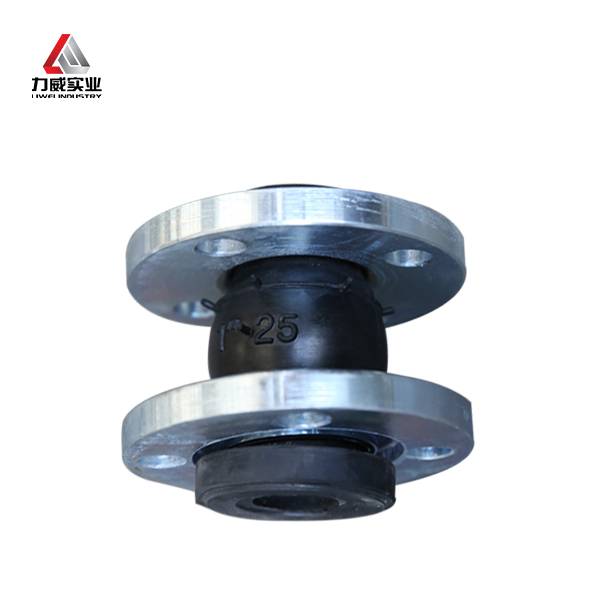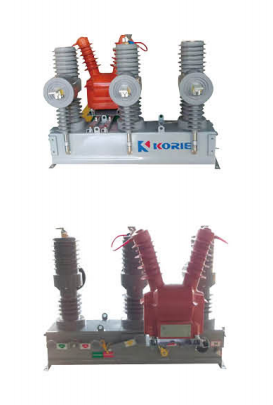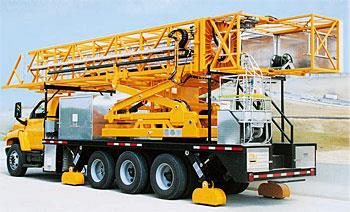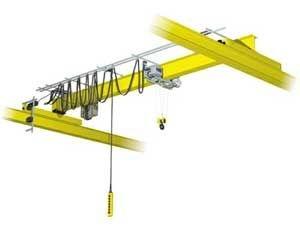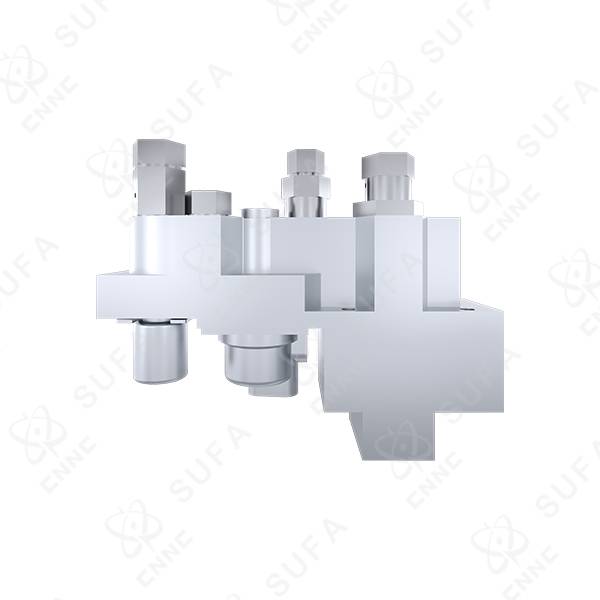Wedoany.com Report-Nov 14, The ship with the first four modern STS (Ship-to-Shore) cranes will become an integral part of the transshipment infrastructure.
The construction of the new T3 terminal at the Baltic Hub in the Port of Gdansk is being carried out by a consortium of Budimex and DEME Dredging. And this is one of the key stages of the investment, which aims to increase the handling capacity of the Baltic Hub from 2.9 million to 4.5 million TEUs per year. The advancement of work on the construction of Terminal T3 has reached 70%.
The construction of Terminal T3 at the Baltic Hub, which is the largest container terminal in Poland and on the Baltic, required complex hydrotechnical works, including the creation of an artificial island, dredging of the seabed and construction of the main quay. Thanks to the completion of this phase of work, it was possible to deliver and install 4 STS (Ship-to-Shore) cranes, which are 96 metres high (140 metres with the boom raised) and weigh almost 2,000 tonnes each. The first ship with the cranes sailed from China for two months and entered the Gulf of Gdansk on 27 October and then moored at Terminal T3.
The work carried out by the Budimex and DEME Dredging consortium on the construction of Terminal T3 Baltic Hub is 70 per cent advanced and is scheduled to be completed by the end of September 2025. Currently, Budimex is carrying out intensive reinforced concrete works in the southern part of the terminal and making concrete pavements on which vehicles serving the terminal will run. The rails for the STS and RMG cranes and a number of electrical and teletechnical networks are also being installed. The terminal covers an area of more than 36 hectares and its 717-metre-long and 17.5-metre-deep transhipment quay will allow the safe and efficient loading and unloading of containerised goods.
"For the construction of Terminal T3, we have already used more than 17,500 tonnes of steel, equivalent to the weight of 2.4 Eiffel Towers; 4.3 million cubic metres of sand; 160,000 cubic metres of concrete, which could fill 52 Olympic swimming pools. The work is currently being carried out 24/7, and more than 500 people are involved in the construction," says Piotr Sumila, Contract Director at Budimex SA.
As part of the investment, the Baltic Hub will purchase a total of 7 STS cranes and 20 semi-automatic RMG cranes, which will be operated remotely, significantly improving the comfort and safety of the operators. The project involves the implementation of state-of-the-art, low-carbon technological solutions that support sustainability and environmental policies. Noise monitoring and special devices to prevent marine mammals from approaching areas of intensive work have also been used to protect them.
The Baltic Hub has become a transport gateway for Central and Eastern European countries since its inception, and the new Terminal T3 will further strengthen its position as the most important transshipment point in the Baltic. The Baltic Hub, formerly known as DCT Gdansk, began operations in 2007 and currently has the capacity to handle approximately 3 million TEUs (a unit of measure equivalent to the dimensions of a 20-foot container used for transport) per year. Following the expansion with Terminal T3, this capacity will increase to 4.5 million TEUs.


